How To Make Custom Packaging A Core Part Of Your Brand’s Image
By Guest Author | Branding

The world of custom packaging is vast. Really vast.
But it’s imperative that online retailers understand this: ecommerce packaging is more than just a protective box.
And that’s true for two reasons.
One: packaging is a potent ecommerce marketing tool, as it’s the only channel that reaches 100% of your customers.
Two: the typical ‘box’ is just the tip of the iceberg.
In this article, we’re going to take a close look at the ‘why’ of those two previous points, and show you how you can make custom packaging work for your brand.
You’ve more than likely heard that phrase several times before reading it here, but what the unboxing experience actually is — and why it’s important — isn’t always straightforward.
Remember the anticipation you had around Christmas or a birthday as a kid? The excitement of knowing you’re getting something — you have no idea what, but you were so darn excited.
That excitement is an emotional response, and what happens to you in this phase of irrational childhood holiday excitement leaves an impression on you.
That same thing happens now as an adult — when that Amazon delivery arrives, there’s that ‘ohh’ bit of excitement, even though you know what you’re getting.
The unboxing experience adds value not just to your product, but to your brand. It’s the stage that thrusts your product into the life of your customer and says ‘here I am, the thing that you brought, and buying me rather than a competitor was the right decision’.
When selling online, you’re limited by the number of touchpoints your brand has. More specifically, you can’t physically interact with customers before purchasing the way that retail brands can.
So by paying special attention to that first physical touchpoint (the packaging) helps you leave a lasting first impression and stay in the mind of your customers for longer.
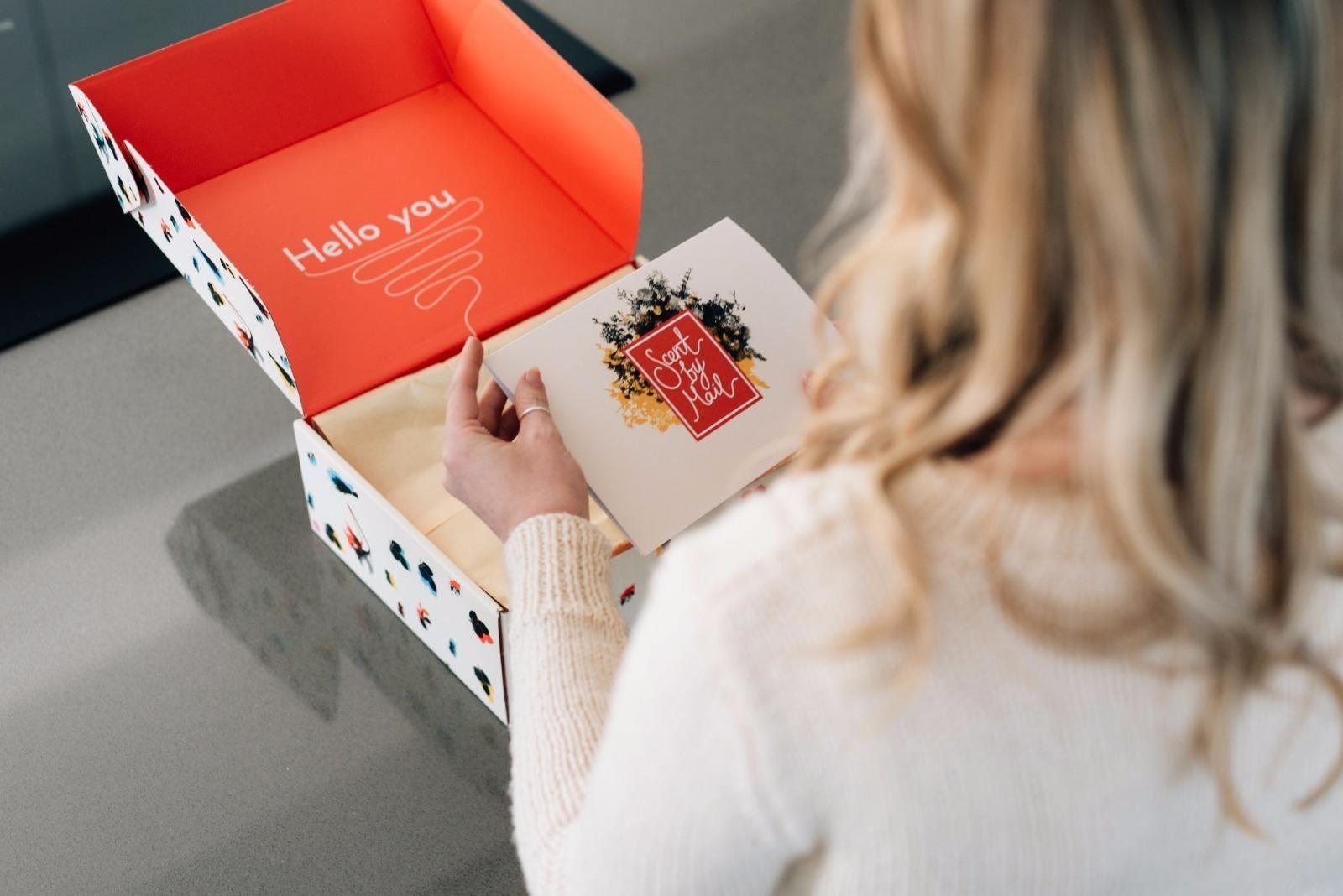
Credit: packhelp.com
Custom packaging is also one of the most recognisable brand elements and is important when building customer loyalty. Haagen-Dazs is one of the best examples.
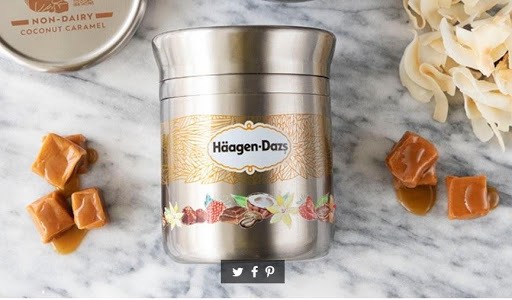
Credit: CandyBar
A 2016 survey found that speedy fulfilment and quality packaging brings almost 40% of customers back to make subsequent purchases. It also helps a brand feel more upmarket and premium.
But premium packaging doesn’t have to have a premium price tag. Effective packaging design adds value, yes, but effective packaging design is also packaging design that works in harmony with your branding.
Below is a fine example of that. Blue Moon Spiritual takes the graphic design of their website and their business branding and echo it on their packaging — both inside and outside.
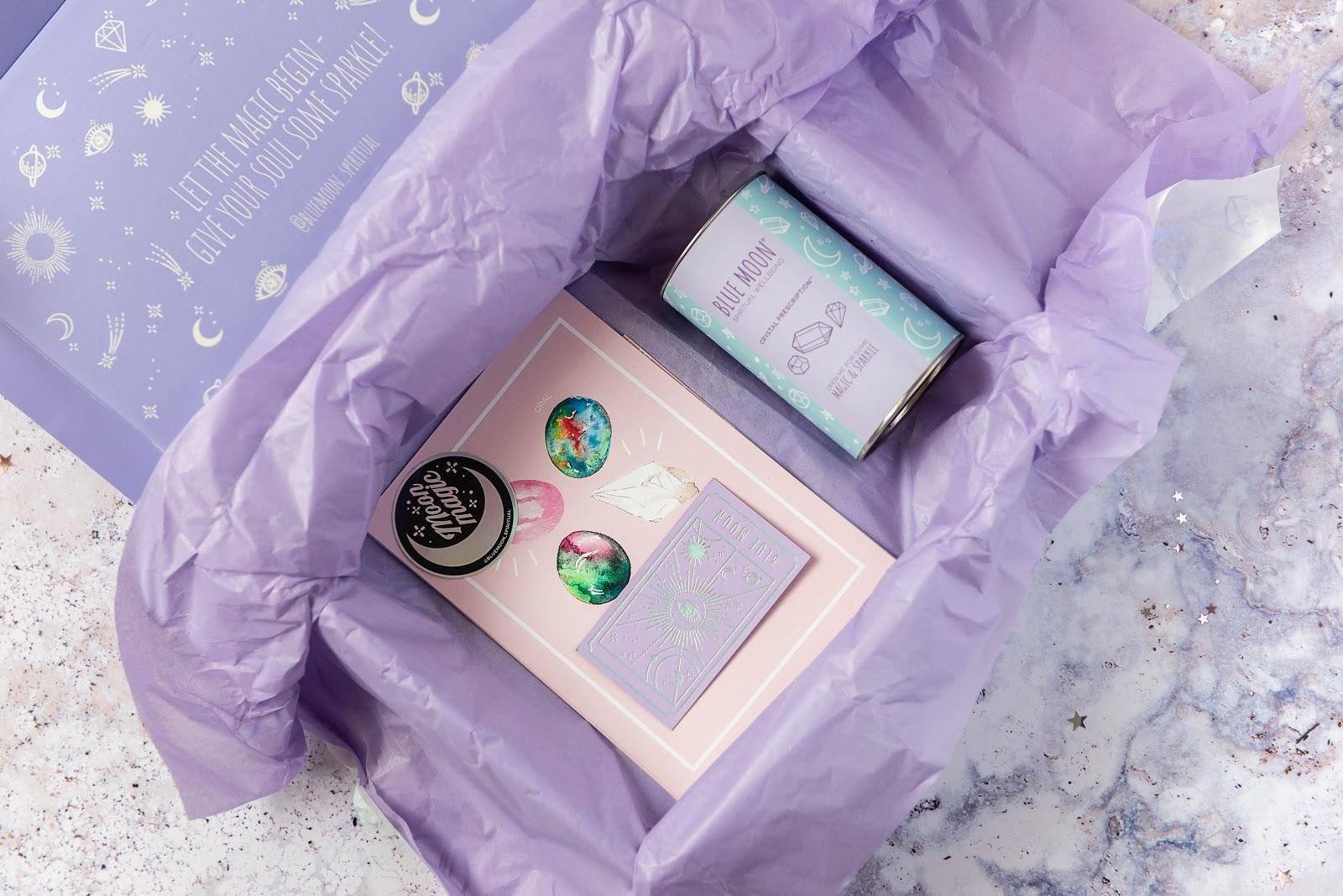
Credit: packhelp.com
The result is an added sense of value for the customer and a consistent brand experience, from online purchase to that first physical touchpoint.
Many brand owners are apprehensive at the environmental costs of custom packaging — and their concern isn’t without warrant.
In 2018, packaging waste generated was estimated at 174 kg per inhabitant in the EU. This is an alarming number of purely packaging waste.
Much of this waste can’t be recycled or costs a lot of energy to recycle. PLA (single-use plastics) in the form of water bottles and the like, being the main culprit.
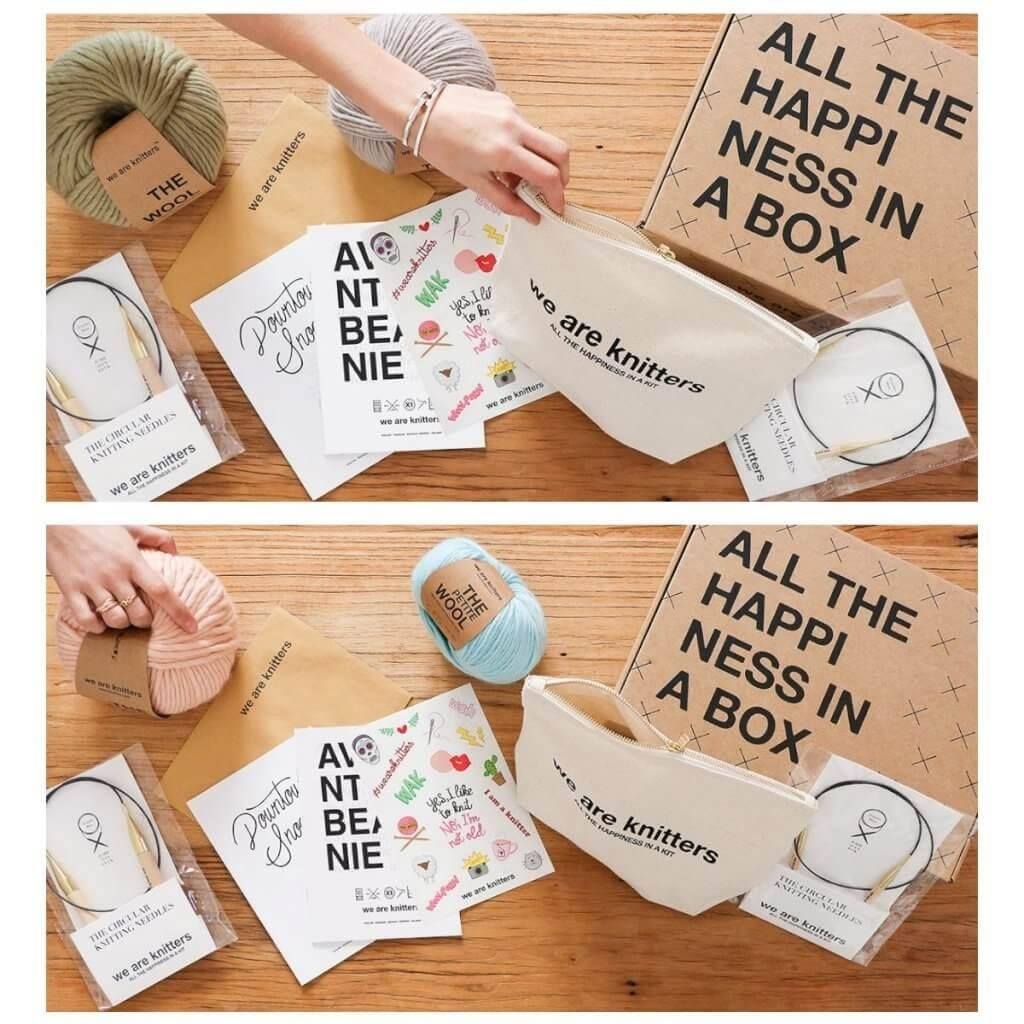
Credit: packhelp.com
While custom ecommerce packaging is part of this statistic, it’s important to note that the humble cardboard box is one of the most eco-friendly packaging solutions.
But, as you read earlier, there’s more to custom packaging than cardboard boxes. Tissue paper, wood wool and other inserts are also fibre-based materials and can easily be recycled.
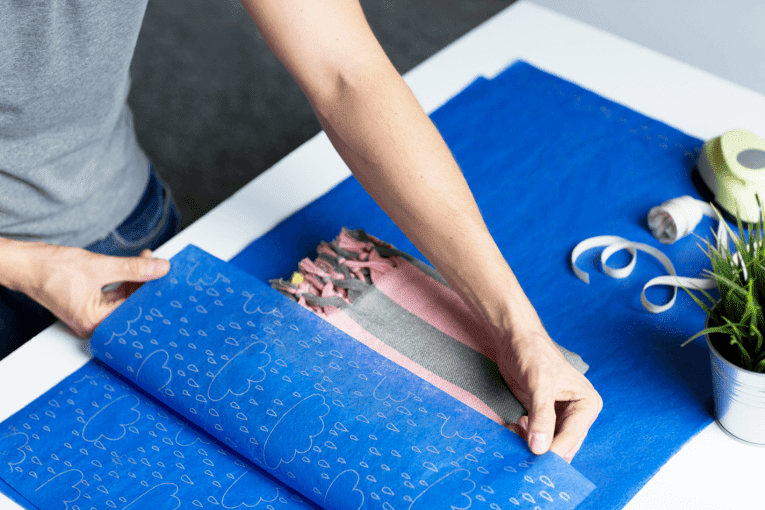
Credit: packhelp.com
Biodegradable mailing bags made from corn by-product are becoming a popular alternative to single-use plastic mailing bags, as they can biodegrade in the right conditions.
Below you can see how Feeling Felt combines recycled cardboard and a biodegradable poly mailer as both primary and secondary packaging.
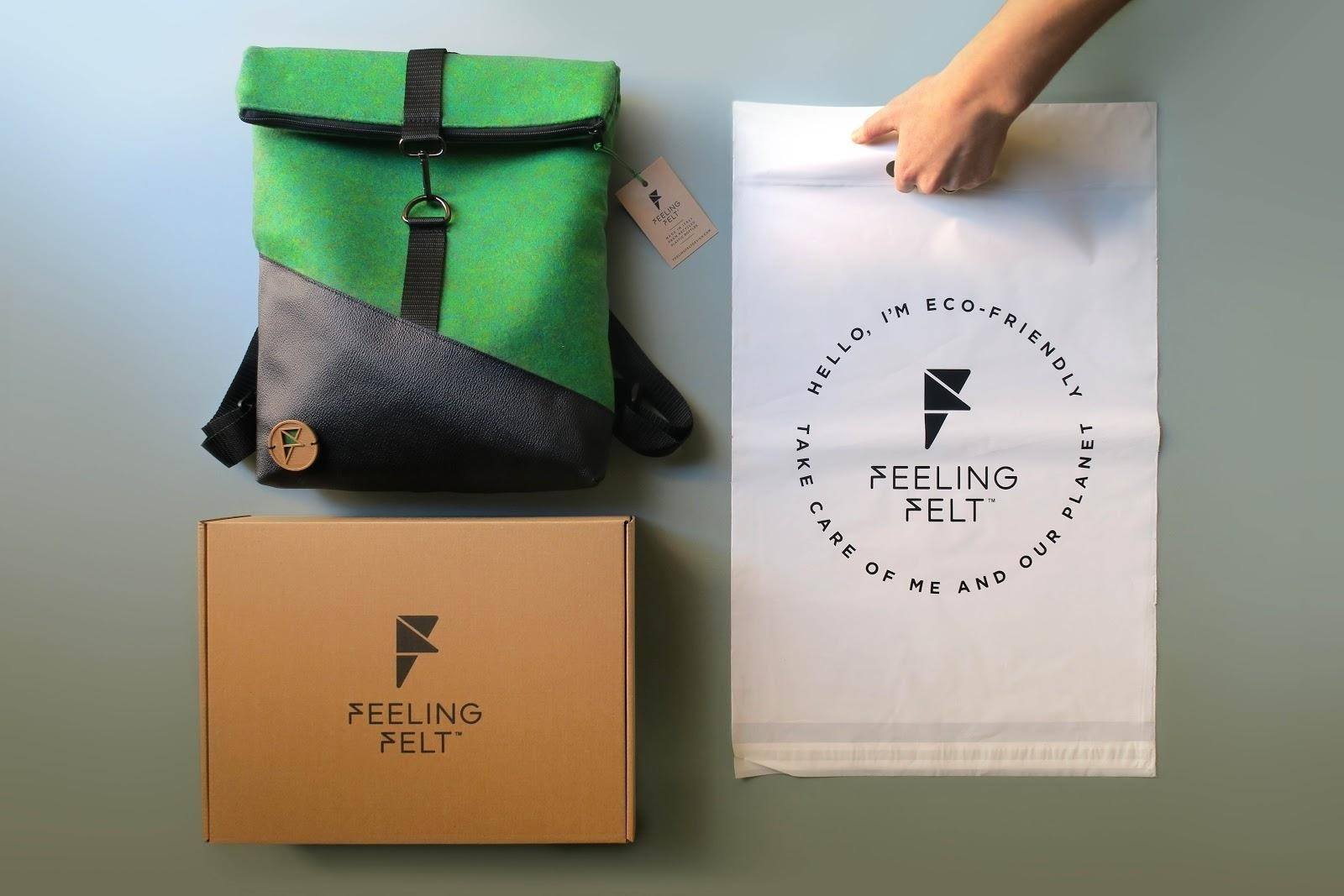
Credit: packhelp.com
Mushroom-based packaging is also growing in popularity, as is building reusability into your packaging design. Innovative plant subscription boxes encourage you to grow plants in the boxes that are mailed to you.
Below, you can see how British childrenswear brand, Monday’s Child, turned their mailing box into a dollhouse that their young customers use.
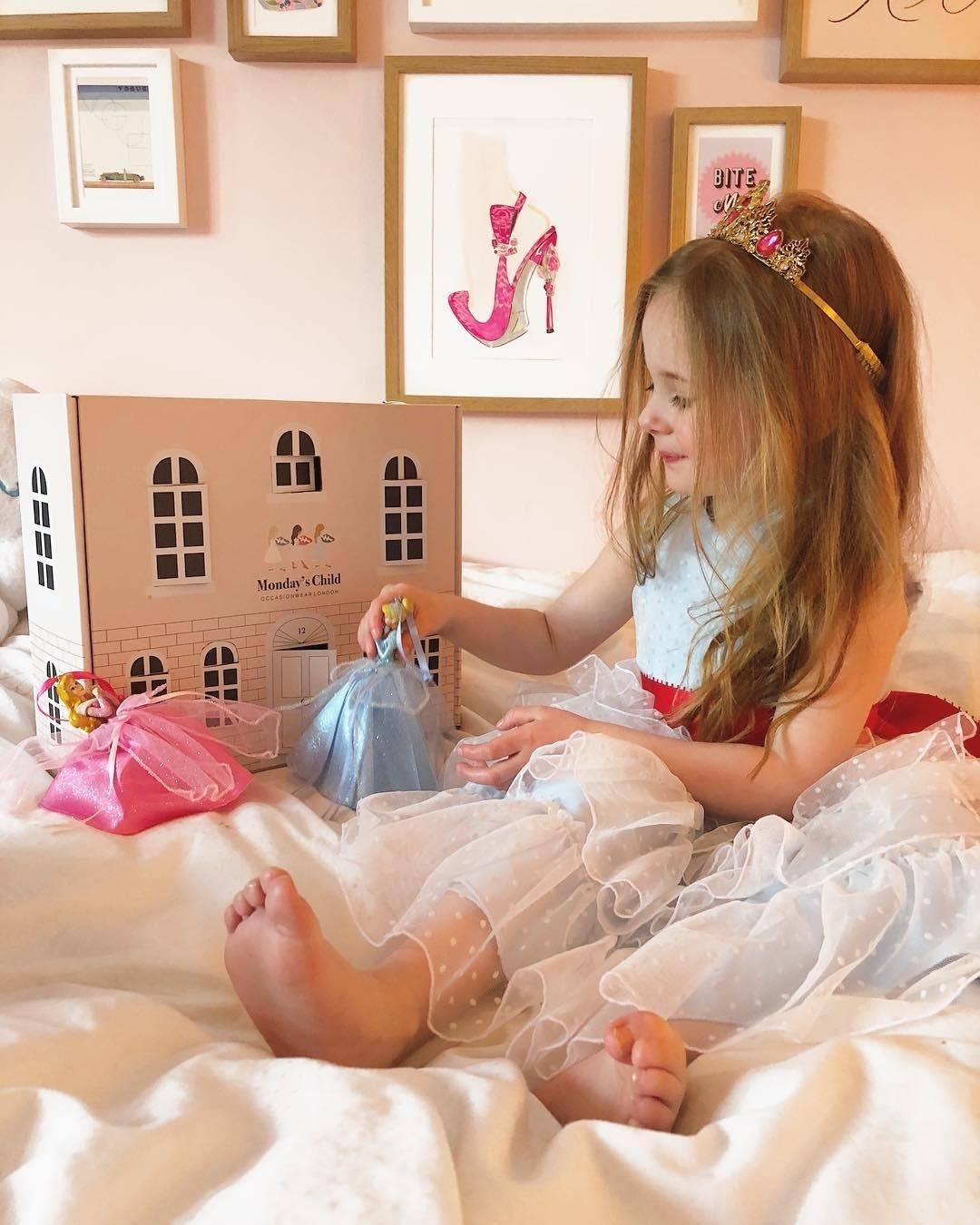
Credit: packhelp.com
Building reusability into your packaging design, as well as using recyclable and recycled materials ensures that your packaging does as little harm to the environment as possible.
Plus, you’ll be sure that your packaging ends its life in the most appropriate location.
Packaging is the material used to store your product between it being manufactured and being used for the first time. Most often (but not always), it consists of primary and secondary packaging.
Primary packaging is the packaging that has your product (and only your product) inside it.
Secondary packaging is the external packaging that’s used to keep your primary packaging secure throughout delivery.
But boxes aren’t always the best solution. Here’s a breakdown of the go-to packaging supplies for both primary and secondary packaging.
Regardless of what you’re selling or where you’re sending it to, there are a few standard packaging solutions that online retailers can use (and customise):
There are also other packaging expenses to take into account:
Let’s take a closer look at some of these and see some examples.
Corrugated cardboard is the go-to secondary packaging for just about anything. For custom shapes, dimensions, prints and finishes, corrugated cardboard can do it all.
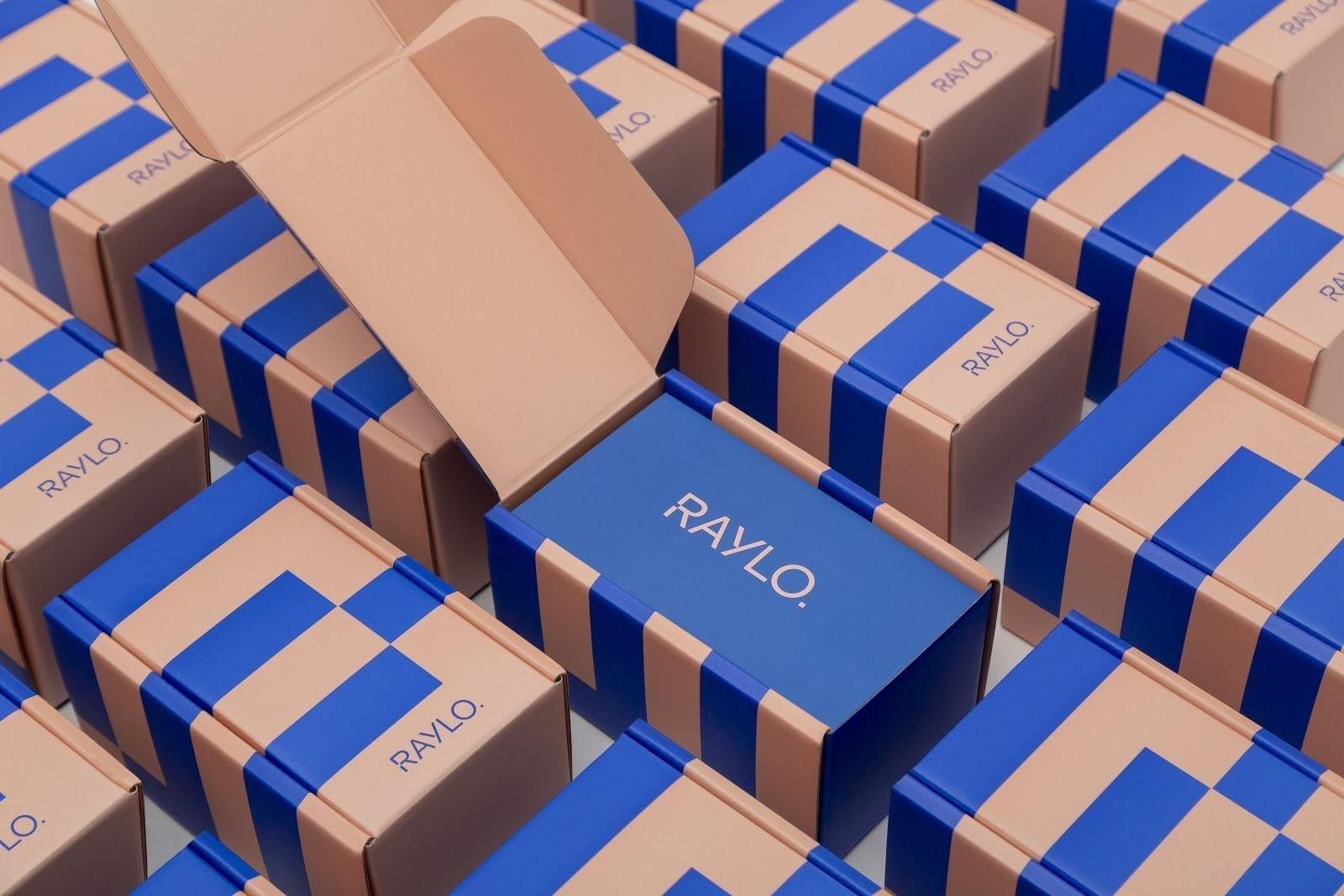
Credit: packhelp.com
Corrugated cardboard isn’t perfect — it’s heavy and can take up a lot of space in warehouses. Many brands that sell smaller and more durable products (clothing, accessories etc.) opt for some form of mailing bag or envelope.
Spanish fashion label Sunad knows their clothing doesn’t need the protection of a heavy cardboard box, and instead send their apparel to customers in an expandable mailing bag.
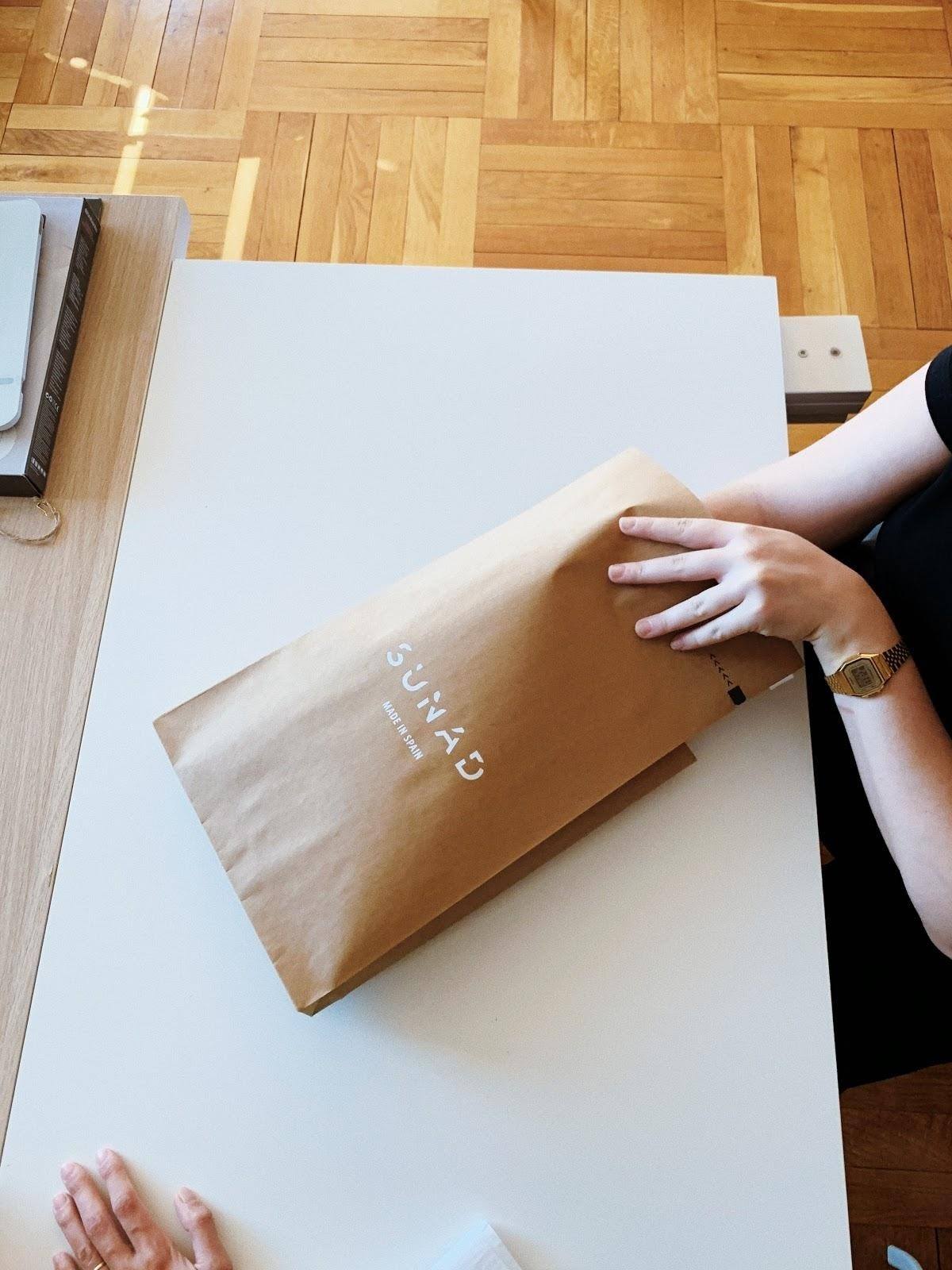
Credit: packhelp.com
Anthem, another Spanish designer, sends their clothing in a biodegradable poly mailer. Anthem knows their clothing can handle being thrown around in the back of a delivery van, but it still needs protection from dust, dirt and water.

Credit: packhelp.com
Sometimes there’s a little space inside your box that needs to be filled — bubble wrap, while incredibly soothing, isn’t the most environmentally friendly way to take up space.
Custom tissue paper adds another layer of branding and is entirely recyclable.
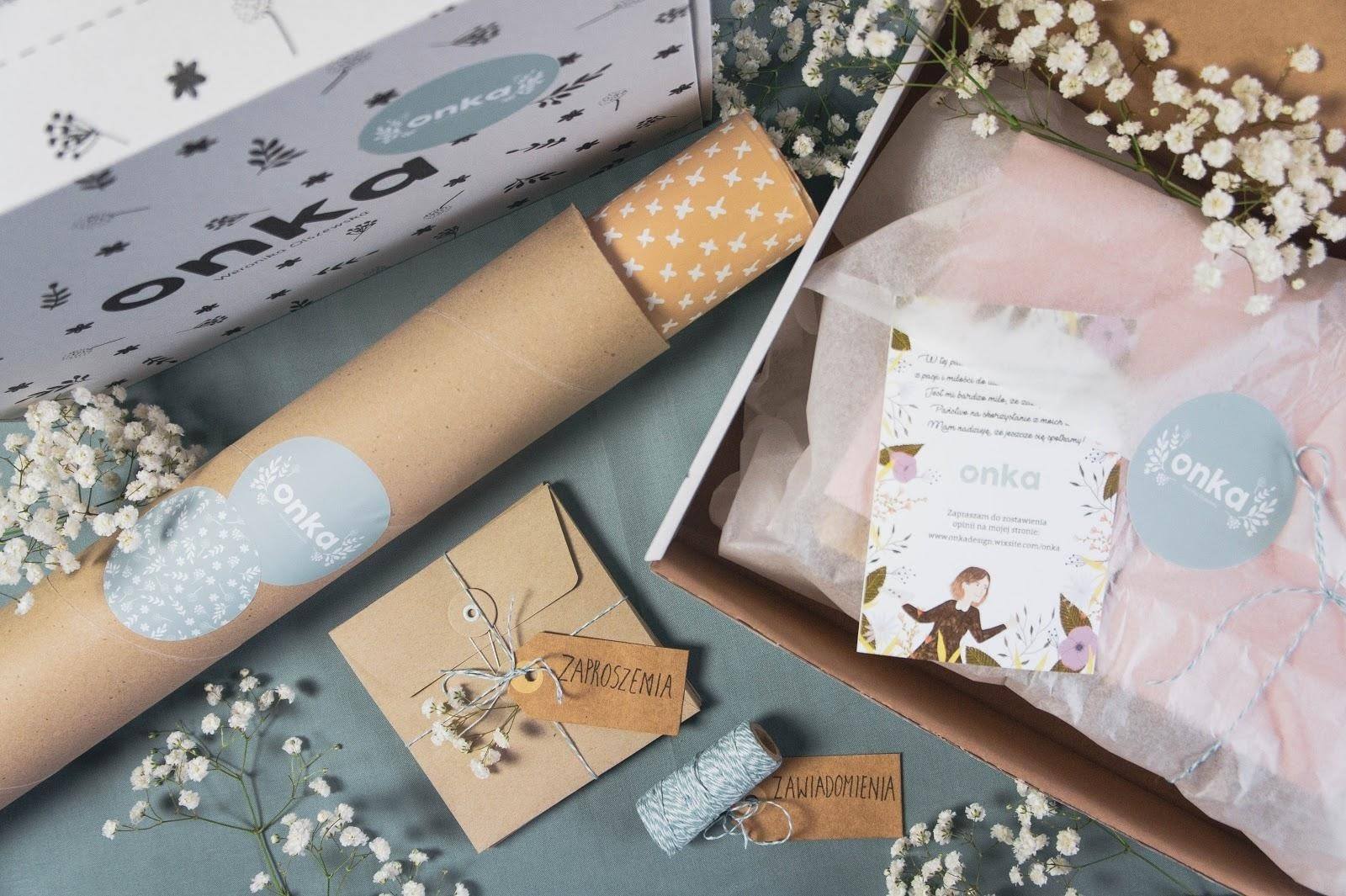
Credit: packhelp.com
Wood wool, which is sheared wood, can be recycled just like paper pulp.
Below you can see how German brand Concrete Jungle uses dyed wood wool (dyed with recyclable inks, too) to add a little class and elegance (and security) to their unboxing experience.
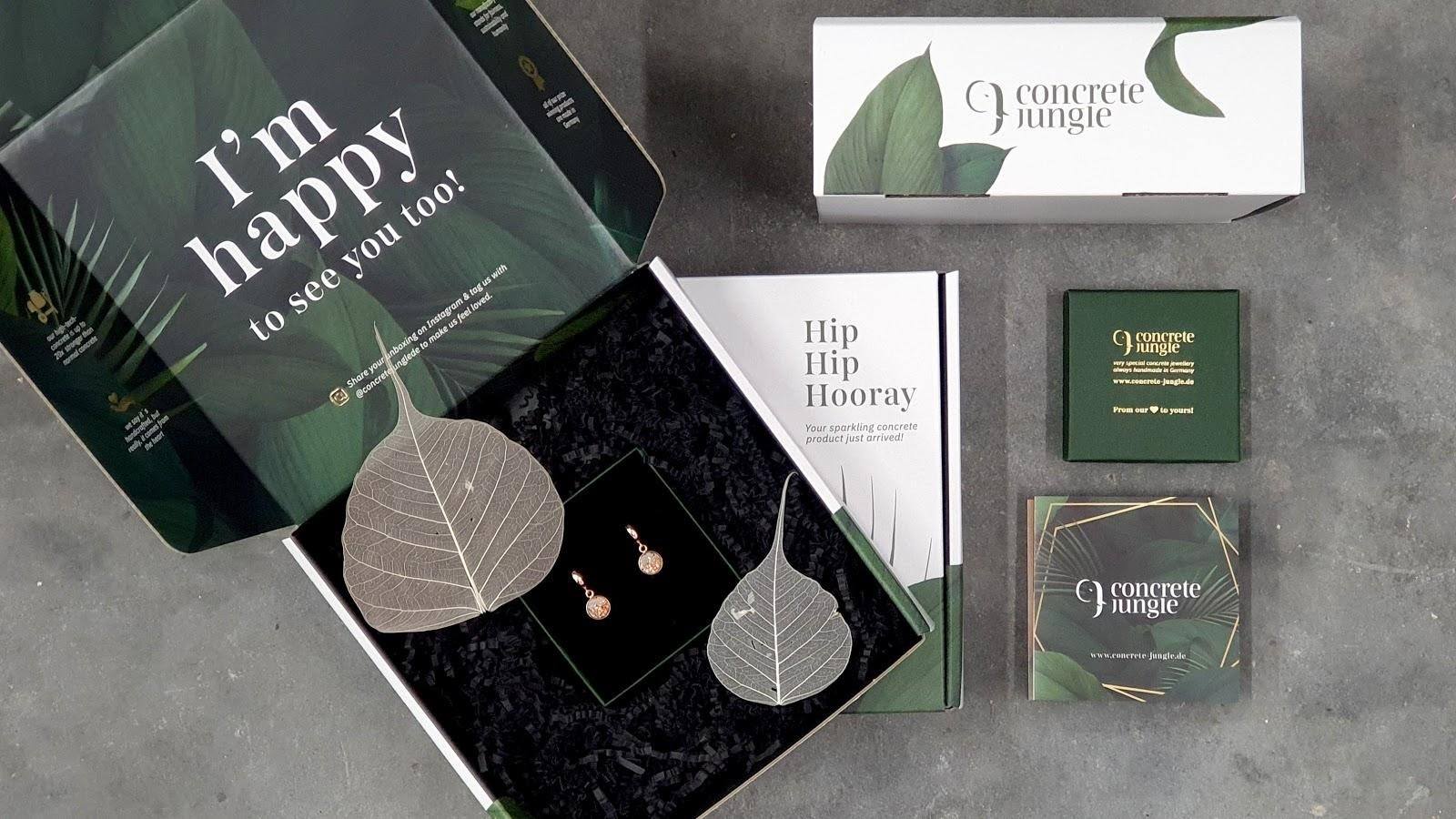
Credit: packhelp.com
Some products need to be thermally regulated throughout the delivery process — mainly medical products, health supplements and food goods.
Psibufet (Buffet for dogs) is a Polish subscription box company that delivers fresh, organic dog food monthly. The struggle is keeping that fresh food cool enough in the 48-hour window between it leaving the cool storeroom and arriving at its destination.
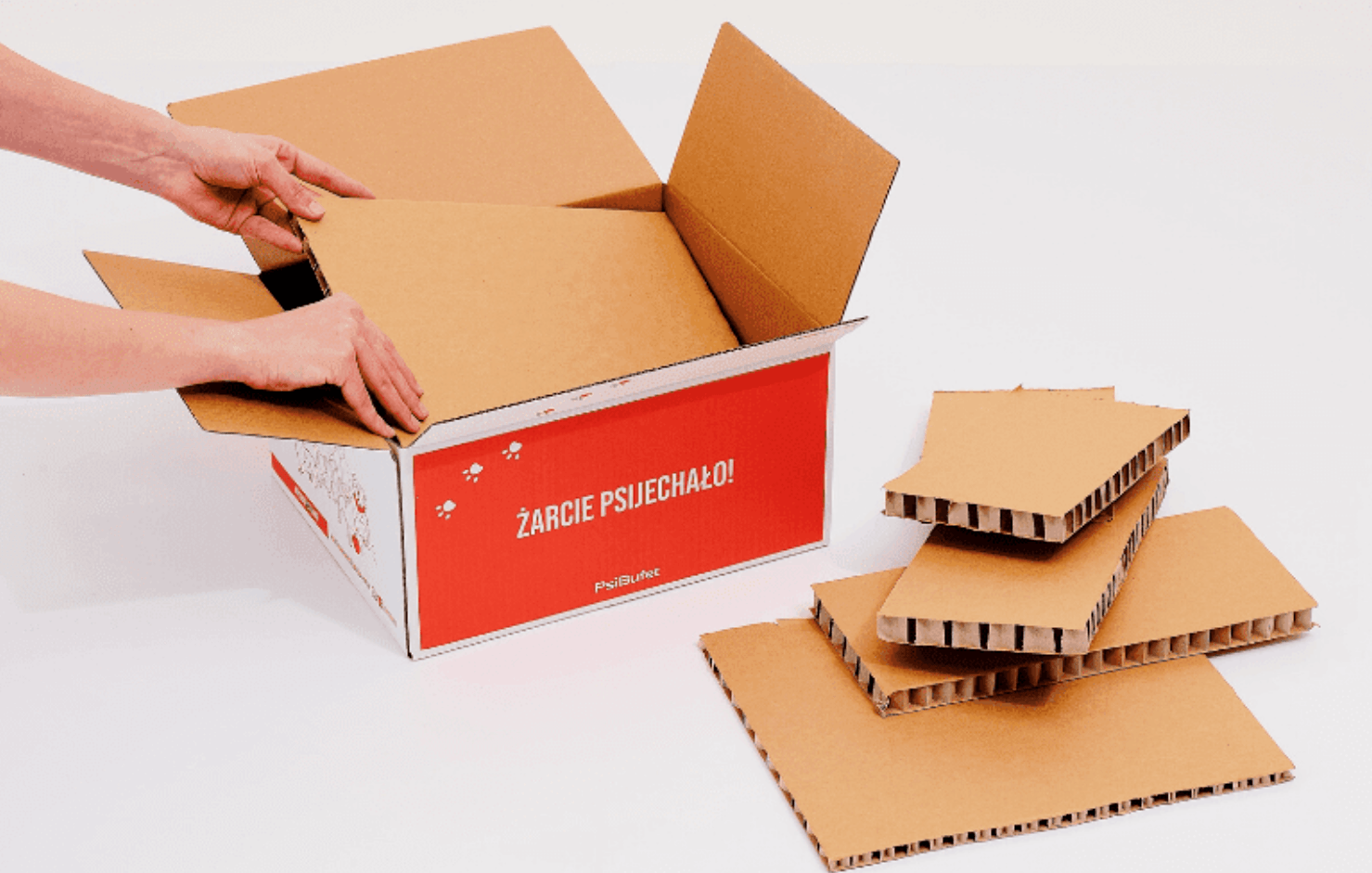
Credit: packhelp.com
Rather than using styrofoam, packaging engineers found that honeycomb cardboard corrugations did a great job and kept the goods below freezing for the required 48 hour period.
You can never be too safe. Many companies add that extra security level by sealing boxes or bags closed with a little extra tape. But if you’ve put all that time and effort into branded packaging, unbranded tape stands out.
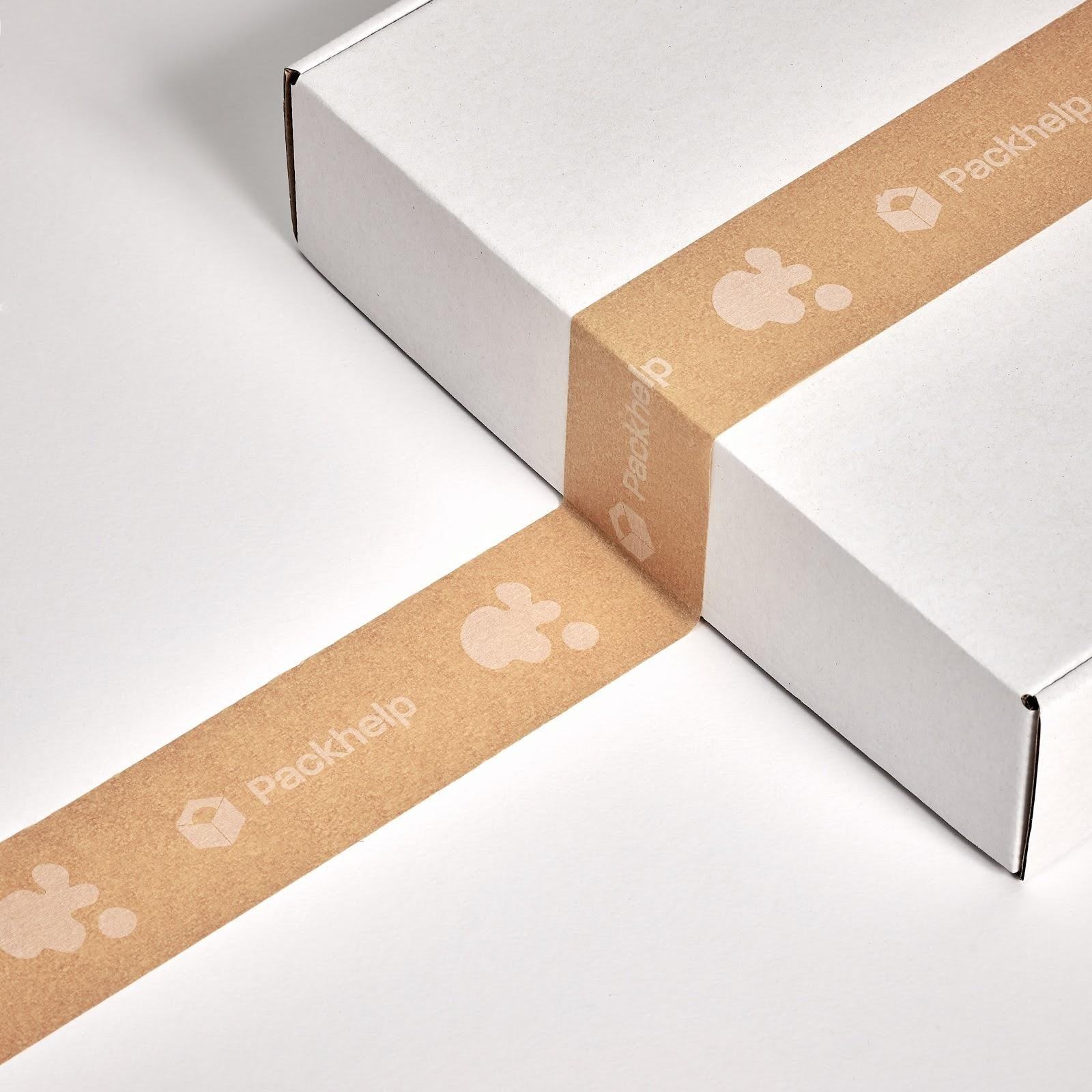
Credit: packhelp.com
Another expense to be aware of is the simple little plastic pocket that’s used for delivery documents. If you’re shipping internationally, it’s crucial that you provide an external pocket to hold customs declarations and such.
You’ve just read a whole lot about secondary packaging — the packaging that’s used in transit. But primary packaging, the last barrier between your customer and your product, is just as important. From custom QR Codes for smart packaging, playful colours to recycled and vintage packaging, there are a plethora of options that you can try to create a personalised experience for your customers.
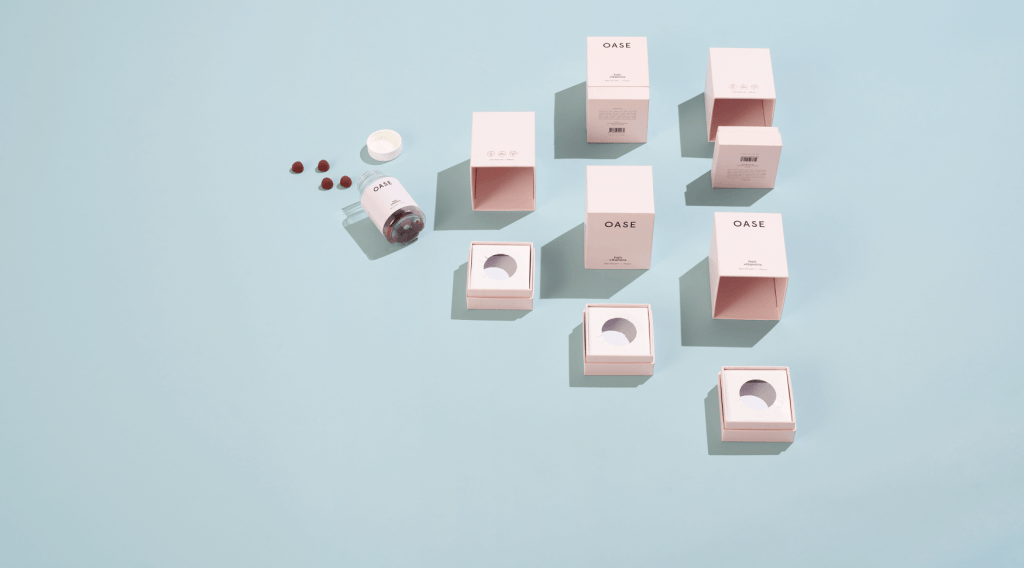
Credit: packhelp.com
It’s this packaging that presents your product to the world; it builds anticipation and reminds the customer that they’re holding something special (because they are).
Here you can see how Hemp Juice uses its primary, secondary packaging, and CBD Oil label design to create a comprehensive experience across all packaging and labelling forms.
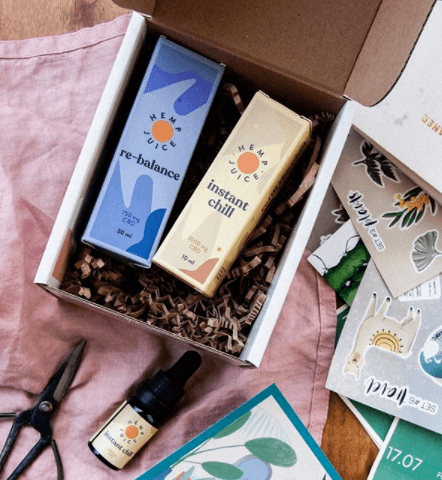
Credit: packhelp.com
The British telecom brand, Snakehive, uses two-piece product boxes that are coloured to complement their products’ colour palette.

Credit: packhelp.com
A brand like BMW is one you’d expect to spare no expense in providing a luxury experience.
And when sending keys to motoring journalists to test drive the latest M5, no expense was spared. BMW delivered the keys in a rigid drawer box, complete with a hot-stamped foil print and a velvet-lined interior.
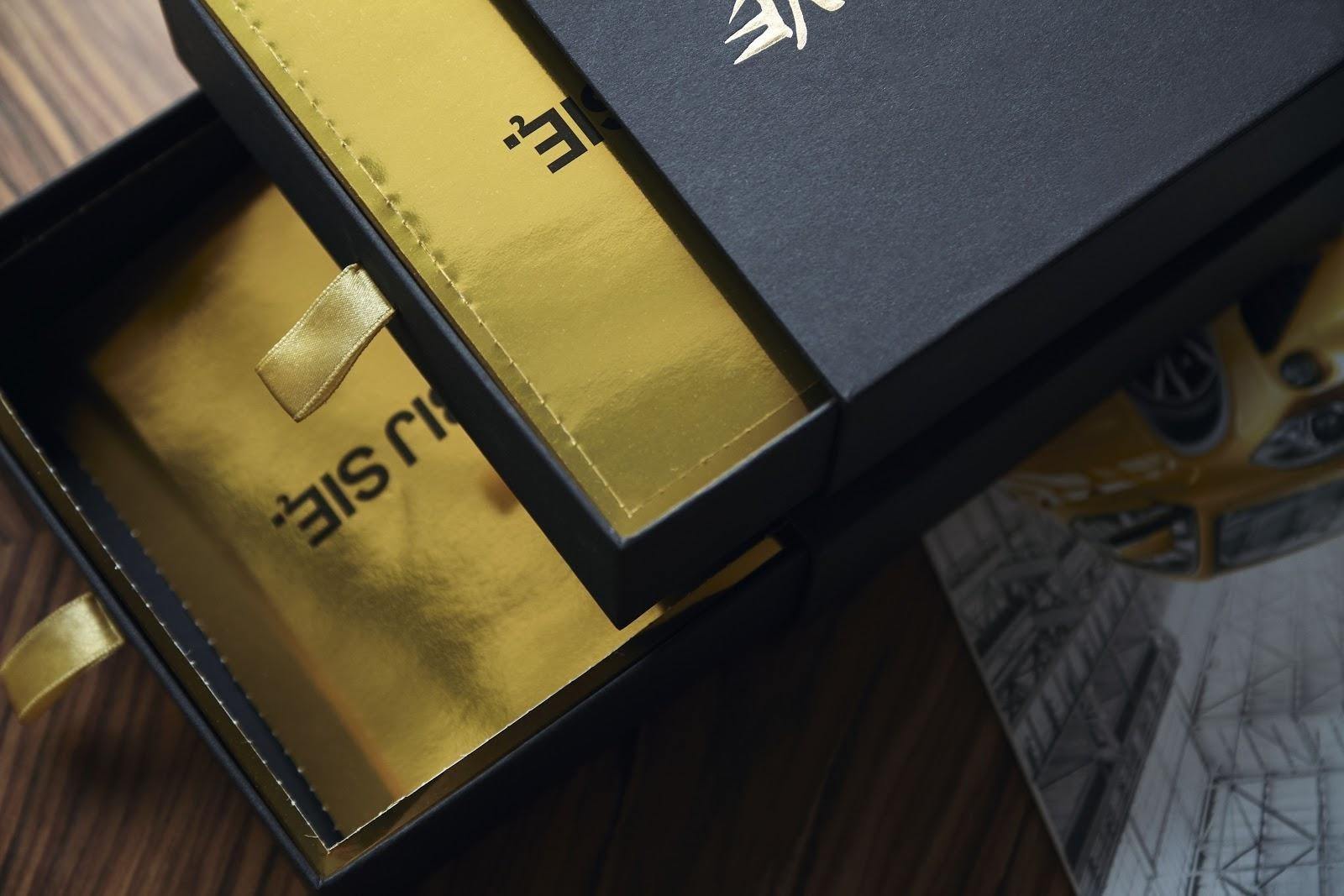
Credit: packhelp.com
Packaging plays a massive role in your business. It is not just getting products from A to B, but also delivering a branded experience, retaining customers, and being part of your sustainable values.
It’s an expense that your ecommerce brand has to bear. Still, when done right, it can have a tremendous positive impact on your brand notoriety, customer satisfaction, and ultimately, your bottom line.
Author bio: Phil is a bearded Australian living in Warsaw, Poland. When he’s not trying to take Packhelp’s custom packaging to the world, he can be found trying not to kill his plants or writing for his blog expatspoland
